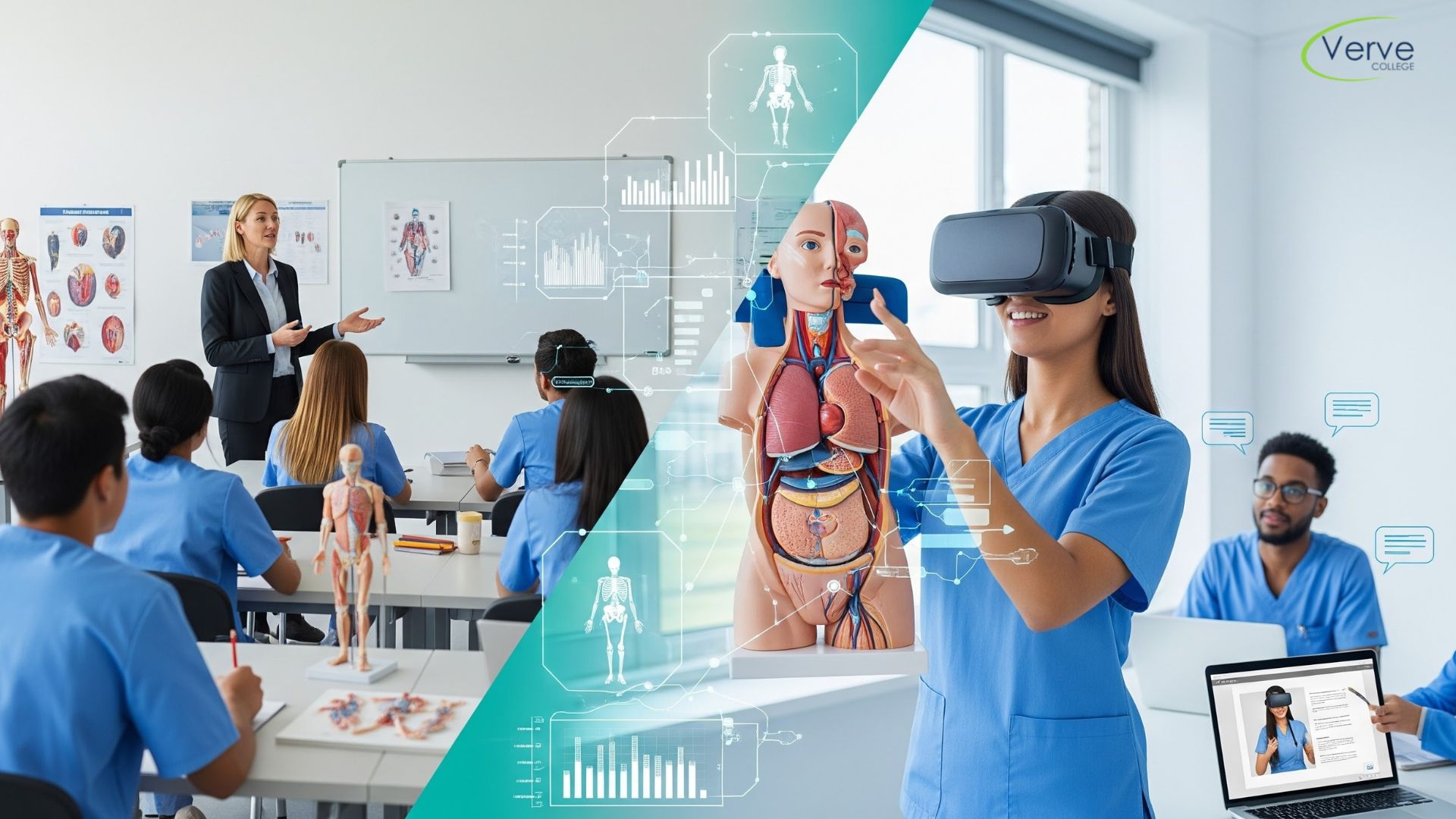- Oak Brook:(630) 705-9999
- Chicago:(312) 920-8822
- Email:inquiry@vervecollege.edu
- Make a Payment
- Home
- Programs
- Admission
- Resources
- ATI Entrance Exam Resources
- New E-Digital Library
- Refer a Friend
- School Newsletter
- Events
- Employers
- Job-Network
- Alpha Beta Kappa Candidates
- Verve College Library
- Graduation and Pinning Ceremony Photo Galleries
- Textbook Information
- Career Services
- Tutoring
- School Catalog
- FAQ
- Constitution Day Program
- Alumni
- Verve College Plans
- Financial Aid
- HEERF Reporting
- Satisfactory Academic Progress
- Apply For Financial Aid
- Net Price Calculator
- Return of Title IV Funds (R2T4)
- Financial Aid Office Code of Conduct
- Contact
- FAQs
- Verification Policy
- Vaccination Policy
- Student Right-to-Know Act
- Misrepresentation
- Information Security Program
- Academic Award Year
- Availability of Employee
- Cost of Attendance
- Health & Safety Exemption Requirement
- Students Rights and Responsibilities
- Leave of Absence
- Pell Formula
- Military Students
- Grants/ Scholarship Policy
- Contact Us
- Testimonials
- Blog
Is a Nursing Career Right For You?
Take The Free Quiz
Understand AR in Medical Education & Nursing
Understand AR in Medical Education & Nursing
AR has made its way to the healthcare field with the prospect of reinvention of medical staff education and training, along with patient diagnosis and treatment. Grand View Research’s recent report predicted the desire for augmented reality in medical education realities in healthcare would grow.
The development of augmented reality in medical education can be done in many ways. Its multiple uses will support the medical workers’ training and jobs and improve excellent service.
AR Can Reshape Medical Education and Surgical Training in Human Anatomy
Medicine students are expected to study the theories behind anatomy, pathology, and surgical techniques, which are all topics covered in this A&P class. Here all students can also refine their communication skills. Medical students need to be able to relate to real-world health problems and learn how to deal with them. AR adds interactivity to training in medicine, and case-based simulations complement theoretic knowledge.
AR can also be used to introduce gamification in unrealistic treatment periods, which will help trainers. Learners can view different clinical cases and use many diagnostic and treatment methods. They can replay any case as often as needed. These apps can be downloaded on smartphones, tablets, or smart glasses and overlay virtual patient issues onto any surface.
Even experienced healthcare professionals can benefit from AR training, which will sharpen their abilities and renew their expertise.
Augmented Reality in Medical Training or in the Care Cycle
Augmented reality in healthcare can also be used to improve techniques, improve an operation, and provide support for patients after discharge. However, the anatomy and physiology course near me also provides complete knowledge of augmented reality in medical and surgical education for enhancing surgical skills with a comprehensive understanding of anatomical structures.
AR Through a Looking Glass
The AR apps for smart glasses allow nurses to interact with patients and make arrangements while keeping both hands free. These apps also:
- Record initial patient information as part of the admission & education process. Nurses may assign patients to a specific ward or bed, complete the admission form, enter vital statistics, verify insurance, and contact other specialists.
- Automated features can ensure quality care during real patient stays. Apps based on AR can track the time and location of care, monitor task completion, and alert about changes to treatment plans. By sending physician requests, nurses can double-check and prevent improper dosage by sending prescriptions to doctors.
The app will guide you through the entire process of discharge and transfer. Everything can be accomplished with the app.
Blood Tests That Are Error-proof
The most basic way to determine what is happening in a person’s body organ system is by drawing blood. This medical procedure can also benefit from the latest technological advances. AR can reduce the number of missed veins using handheld scanners, which use non-invasive infrared technologies to show the vein network in the patient’s human body.
AR-Guided Surgery
Surgeons have to use many tools, but they still need to monitor the vital statistics of their patients while operating. AR smart glasses improve surgeons’ focus and eliminate the need to switch between monitors. The surgeon can keep all the critical information about the patient and the surgical site before his eyes. This helps to ensure that they are concentrating on the patient.
Post-Discharge Support
AR can be used to make post-discharge surgical procedures more complete and entertaining. AR provides interactive patient education for disease prevention and treatment. When patients don’t understand their conditions, they may feel left out. This can reduce their engagement in subsequent therapy.
Want to Make a Career in Nursing? Get More Information About Our Courses!
The Future of Healthcare is Augmented
Although it has yet to reach all corners of healthcare delivery, augmented medicine is an investment worth making. The technology is being used in healthcare to improve safety and precision. AR can be used in medical education, physical therapy & anatomy classes near me to help students better understand human anatomy, with a basic structure of body systems, and to acquire practical skills. It also guides how to draw blood and guides medical professionals through complicated spinal surgeries.
 Sign up
Sign up Login
Login




